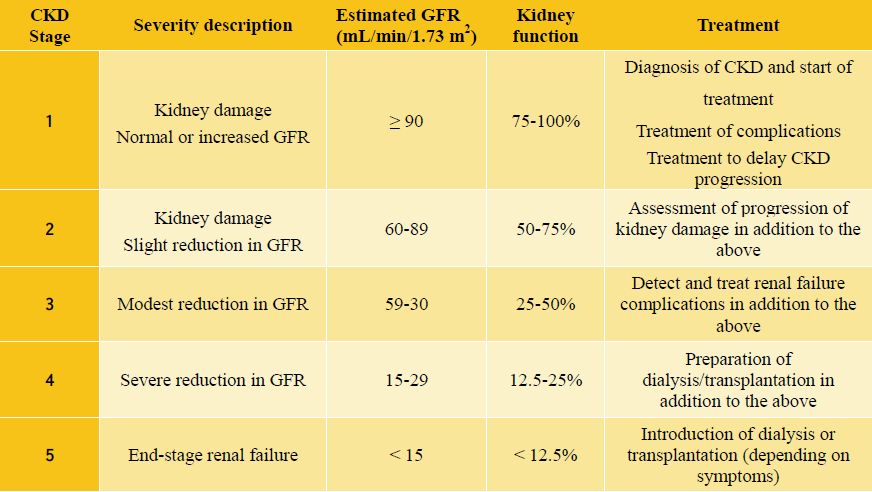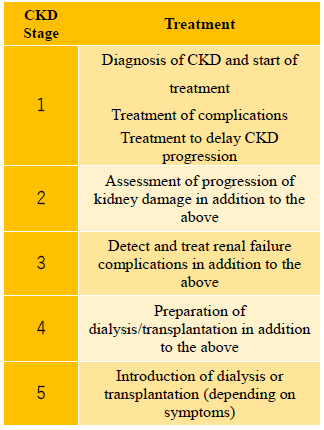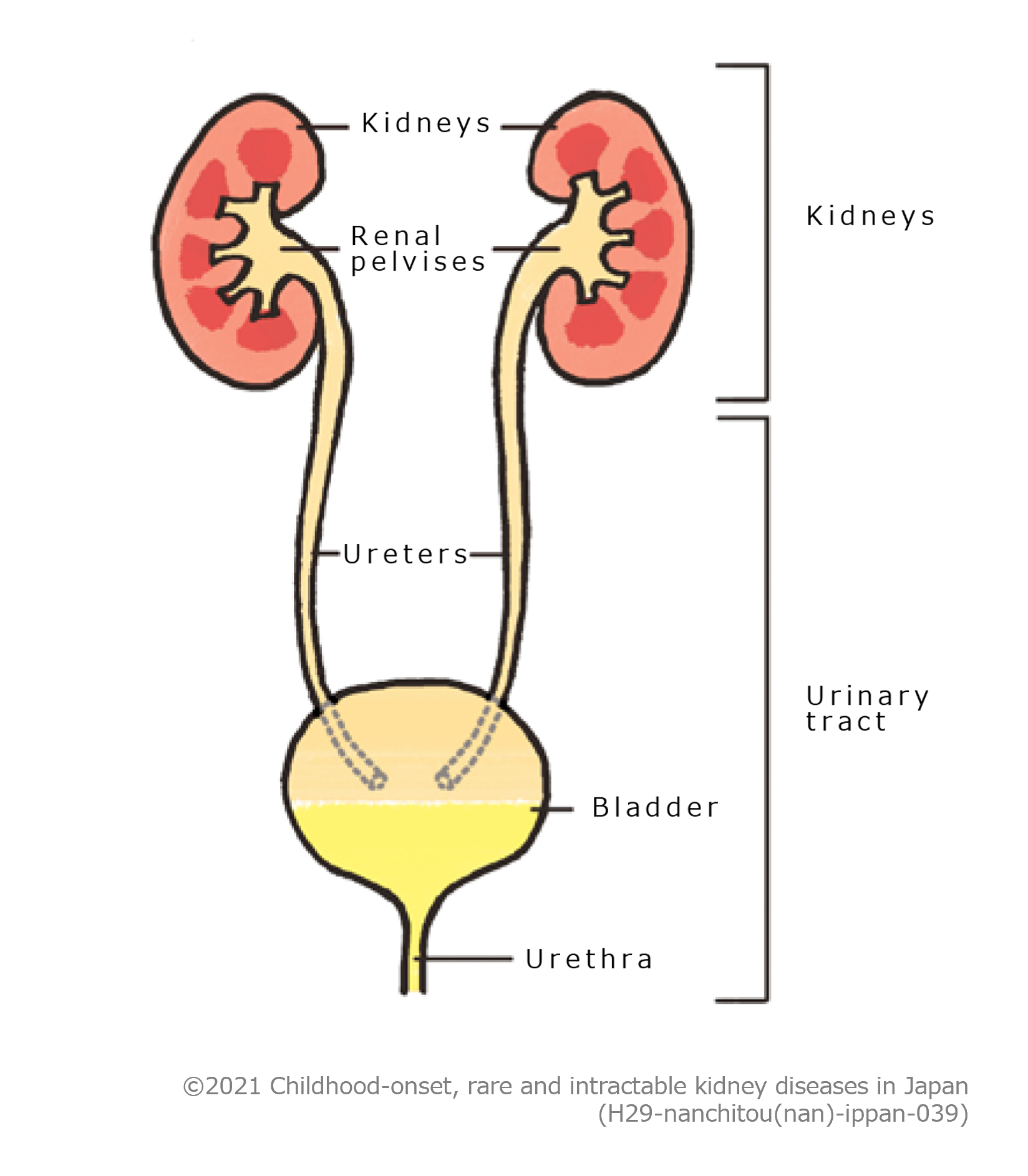
Congenital Anomalies of the Kidney and Urinary Tract (CAKUT) are a cause of disease in the “kidney” and “urinary tract,” which is the path urine travels through (e.g., renal pelvis, ureter, bladder, and urethra). In many cases the cause of disease is that the shape and function of the kidney or the urinary tract were not properly formed during the development process of each human organ in the mother’s womb.
CAKUT includes various diseases. Here are some examples

One kidney is smaller than usual and has poor function.
Structures of the kidney do not function well.
If only one kidney is hypoplastic/dysplastic, the
kidney on the other side tends to enlarge (compensatory hypertrophy).
Water balloon-like pool of fluid (cysts) is formed in part of or the entire kidney and the kidney has no function.
Part of the kidney that had been damaged by bacterial infections, etc. has recovered with scarring.

The part where the renal pelvis is connected to the ureter is narrowed, resulting in poor urine flow and a swollen renal pelvis.

The part where the ureter is connected to the bladder is narrowed, resulting in poor urine flow and an enlarged ureter.

A ureter, a tube from the kidney, does not connect properly to the bladder.

The portion of the ureter connected to the bladder swells up like a lump inside the bladder, resulting in poor urine flow.

Urine in the bladder flows backward into the ureters/kidneys. (Usually such reflux does not occur.)
Reflux is classified into five grades depending on the severity.

Narrowing of the urethra, which makes it difficult to pass urine.
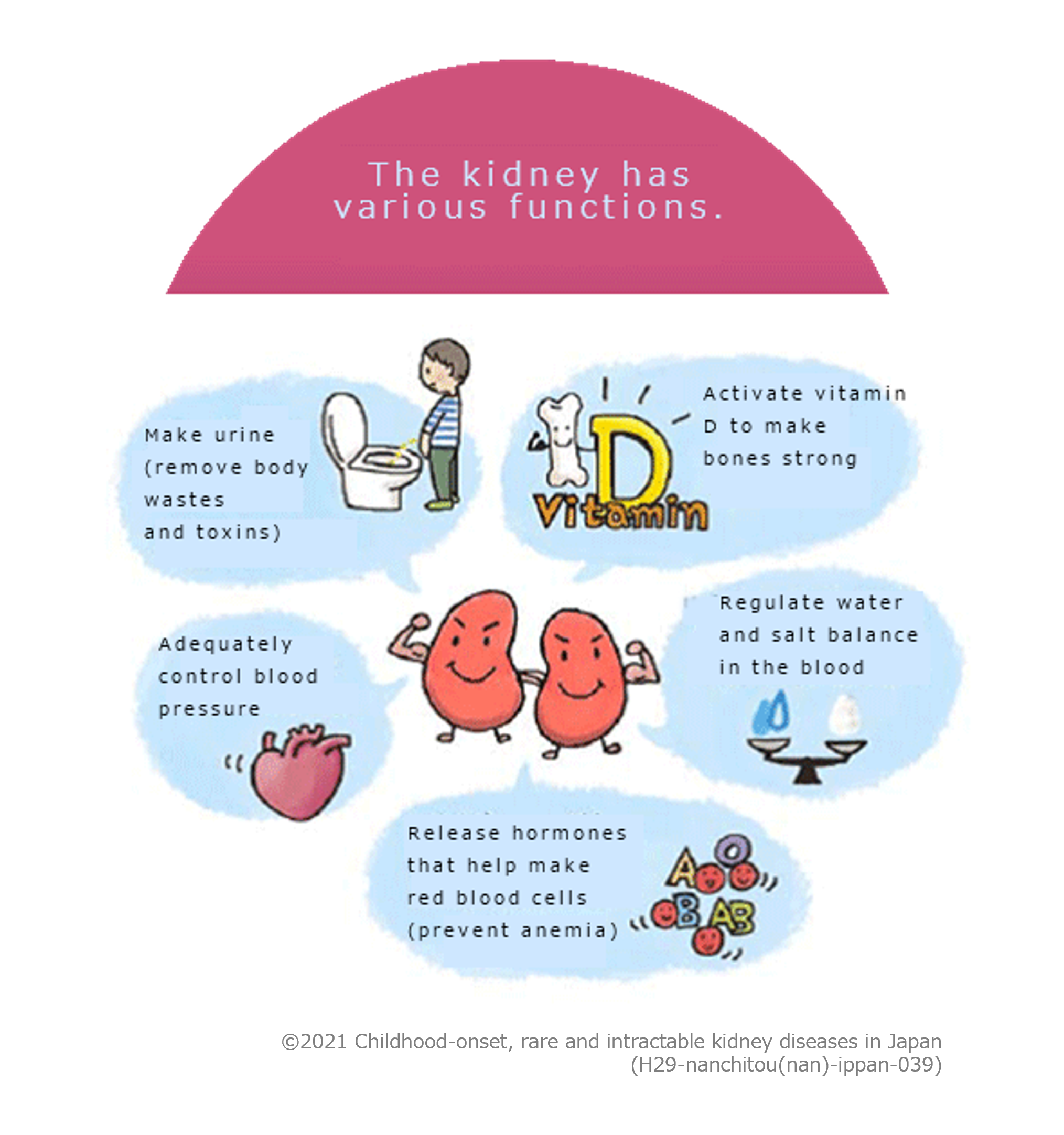
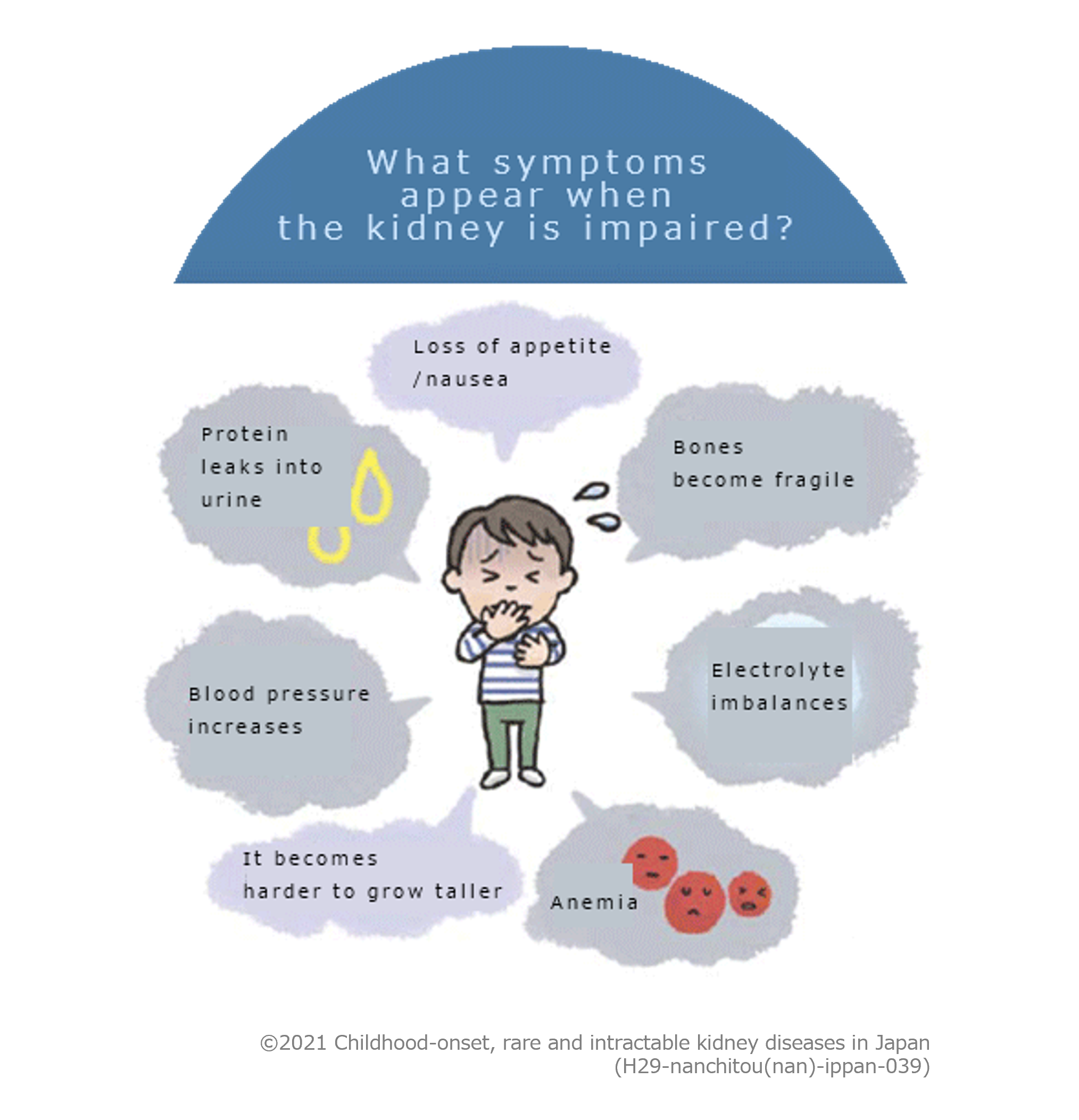
*One of the characteristics of children with hypoplastic/dysplastic kidneys is that they have an inherently high urine output compared to other children.
If hypertension or urine protein persists for a long time, kidney function may be impaired. The purpose of drug therapy is to delay the progression to end-stage kidney disease for as long as possible by managing hypertension/urine protein. For children with CAKUT associated with hypertension, treatment to lower the blood pressure is performed using mainly inhibitors of the renin-angiotensin system. These drugs are considered to be able to reduce protein urine and protect the kidneys, in addition to lowering blood pressure.
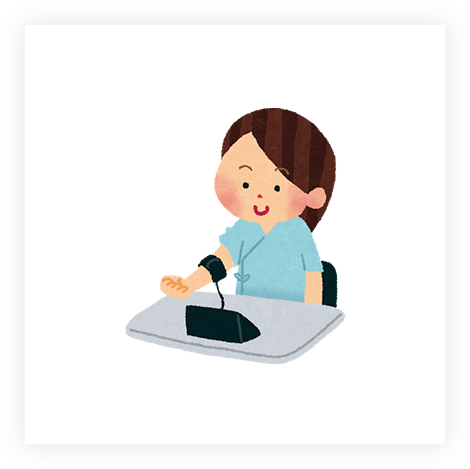
Keeping blood pressure at an appropriate level may also prevent kidney function from being impaired in children with hypoplastic/dysplastic kidneys. If blood pressure is high, drug therapy will be used to lower the blood pressure to the level of the age/body size of the child. Blood pressure-lowering drugs include inhibitors of the renin-angiotensin system and calcium receptor antagonists
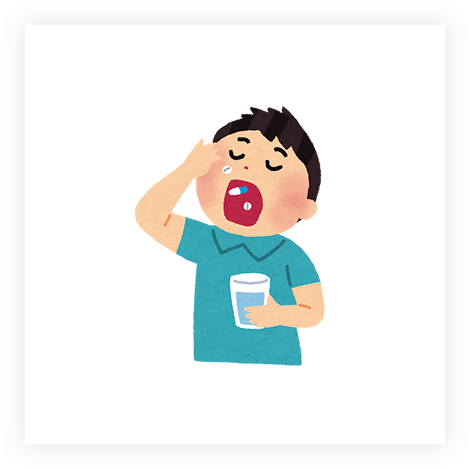
If urine protein is detected, reducing urine protein may prevent kidney function from being impaired. In a study conducted in Japanese children with impaired kidneys (children with CAKUT accounted for 62%), urine protein was a risk factor for impairment of kidney function.
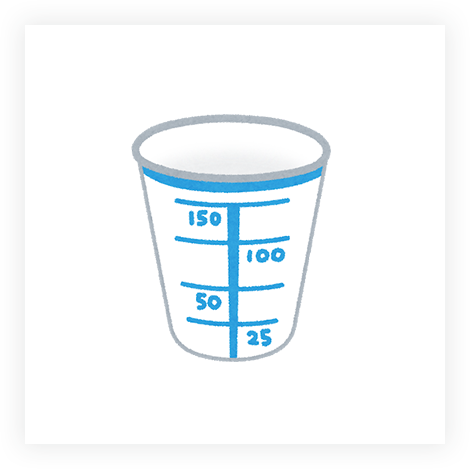
Both inhibitors of the renin-angiotensin system and calcium receptor antagonists can rapidly deteriorate kidney function during dehydration. In the case of children, especially infants, at risk of dehydration due to unsteady oral intake, it may become necessary to take measures, such as ceasing the medicine, when dehydration is likely to occur (e.g. unable to drink water/vomiting/diarrhea). Please consult your child’s doctor.
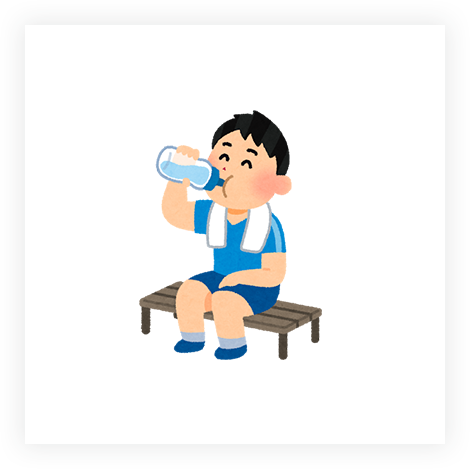
Supplementing fluid/salt may slow deterioration of kidney function and promote growth in children with CAKUT who have a high urine output (especially those with hypoplastic/dysplastic kidneys). A large amount of fluid/salt is lost through urine in children with CAKUT with a high urine output. Especially in children with hypoplastic/dysplastic kidneys, a high urine output may persist after kidney function is impaired, leading to dehydration. Since keeping an adequate amount of fluid and salt is necessary for muscle growth, lack of fluid/salt can cause growth disorder.
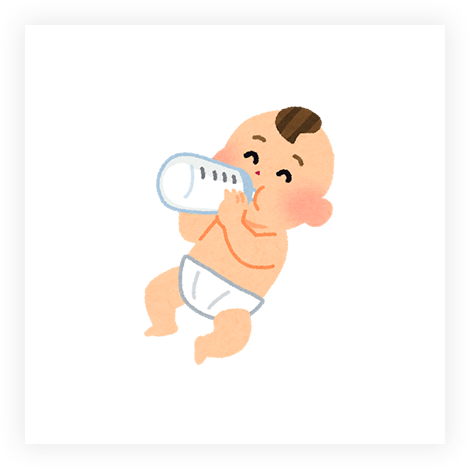
A lack of salt is possible even if decreased sodium (hyponatremia) was not detected in a blood test. Supplementing salt and fluid is therefore needed if there has been weight loss or a blood test result showing a lack of fluid. Breast milk and regular milk contain very little salt. Therefore if a lack of salt is found in infants, Meiji low-potassium/medium-phosphorus formula (standard concentration 15%, Na 27 mEq/L; brand name, Meiji 8806H) may be used as a formula with a high salt content for the purpose of supplementing salt. This milk is characterized by a high salt content and a low level of potassium compared to regular milk. As children who have had chronic renal disease since infancy may have a poor appetite, fluid/salt replacement using tube feeding, etc. may become necessary.
It is important that children with CAKUT have adequate nutrition similar to other children. Although it depends on the physical body size, etc., the “Dietary Reference Intakes for Japanese 2015” is recommended as an index.
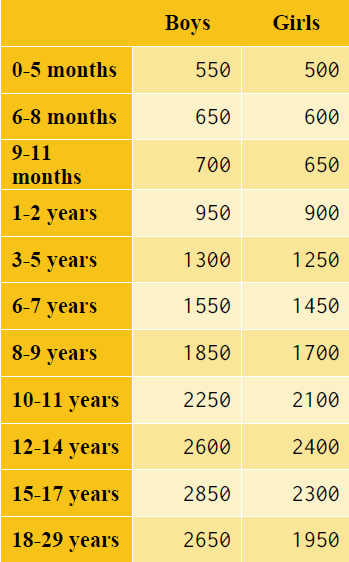
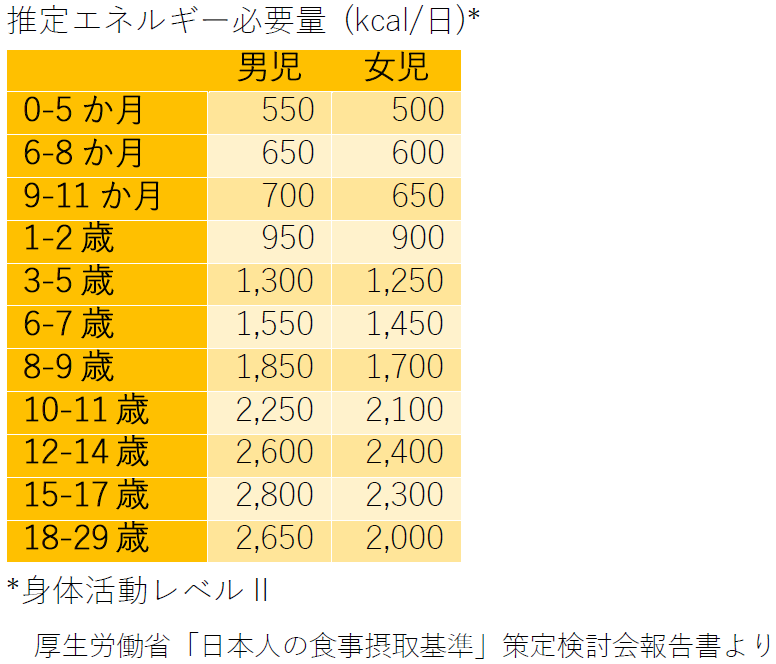
Common clinical conditions among patients with CAKUT are: an area in the urinary tract where urine flow is poor; the urinary tract is not connected appropriately; and urine reflux, which usually does not occur. Surgical treatment is performed to fix these problems.

This is the treatment for congenital hydronephrosis. The narrow area where the renal pelvis joins the ureter is removed and the renal pelvis and ureter are stitched together. The ureteral stent catheter is left in place until swelling or edema at suture site resolves.
This is the treatment for vesicoureteral reflux.
The ureter and bladder are stitched together anew by creating a submucosal tunnel so that urine reflux from the bladder to the ureters does not occur. A similar surgical procedure of stitching is performed also for megaureter, ectopic ureter opening, and ureterocele. For megaureter, stitching is done after the narrowed part where the ureter is connected to the bladder is removed and for ureterocele, after the lump is removed.

While examining inside the bladder with an endoscope, a bulking material called Deflux is injected into the region near the ureteral orifice so that urine reflux from the bladder to the ureters does not occur.
This is the treatment for posterior urethral valve and ureterocele. A thin endoscope is inserted through the urethra and the valve or ureterocele is cut open with a surgical knife attached to the tip of the endoscope to make urine flow easier.
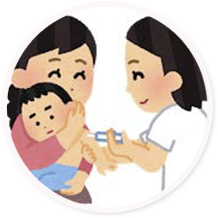


Children with CAKUT are prone to infections, which may become serious, and vaccinations are therefore highly recommended. It is considered desirable to receive vaccinations, with inactivated or live vaccine, following exactly the same schedule as healthy children.
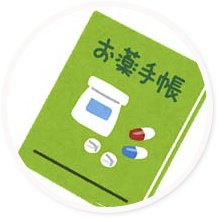


When oral medication is started, it needs to be continued in principle. However, the required oral medication and duration will be greatly different depending on how severely the kidney function is impaired, dietary status, and whether renal replacement therapy (dialysis, transplantation) has been started.
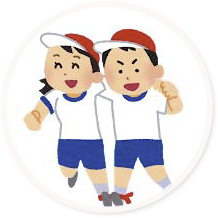


Since it is not clear whether physical restrictions can protect patients from further impairing their kidney function, restriction of physical activities is not recommended. However, the long-term influence of intense sports club activities on the kidney is not clear and for patients with hypertension or cardiac failure as a complication, restriction of physical activities based on their disease conditions is necessary. On the other hand, restriction of physical activities may cause mental stress and lower quality of life, and excessive restriction of physical activities may lead to serious side effects such as broken bones. These matters need to be considered comprehensively under present circumstances.
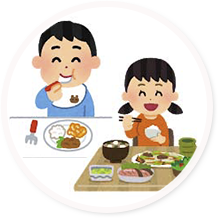


Since it is not clear whether protein restrictions can protect patients from further impairing their kidney function, restriction of protein is not recommended considering their physical growth. If accompanied by hypertension, restriction of salt may lower the blood pressure and protect kidney function from further impairment. However, salt should not be restricted in children who have a high urine output and who are more likely to lose salt. Moreover, dietary restriction may become necessary depending on how severely the kidney function is impaired. When end-stage renal failure is reached, restriction of electrolytes (potassium, phosphorus, etc.) may become necessary depending on the results of blood tests.
The medical expenses subsidy program is available for “Specific Chronic Diseases in Children.” Some of the CAKUT diseases fall under “Specific Chronic Diseases in Children.” Therefore, if you are diagnosed with CAKUT, check with your doctor whether your disease falls under “Specific Chronic Diseases in Children.” Cases where kidney function is impaired are often included in “Specific Chronic Diseases in Children.” If your disease falls under “Specific Chronic Diseases in Children,” and you go through a prescribed procedure, you will be eligible for a medical expenses subsidy.
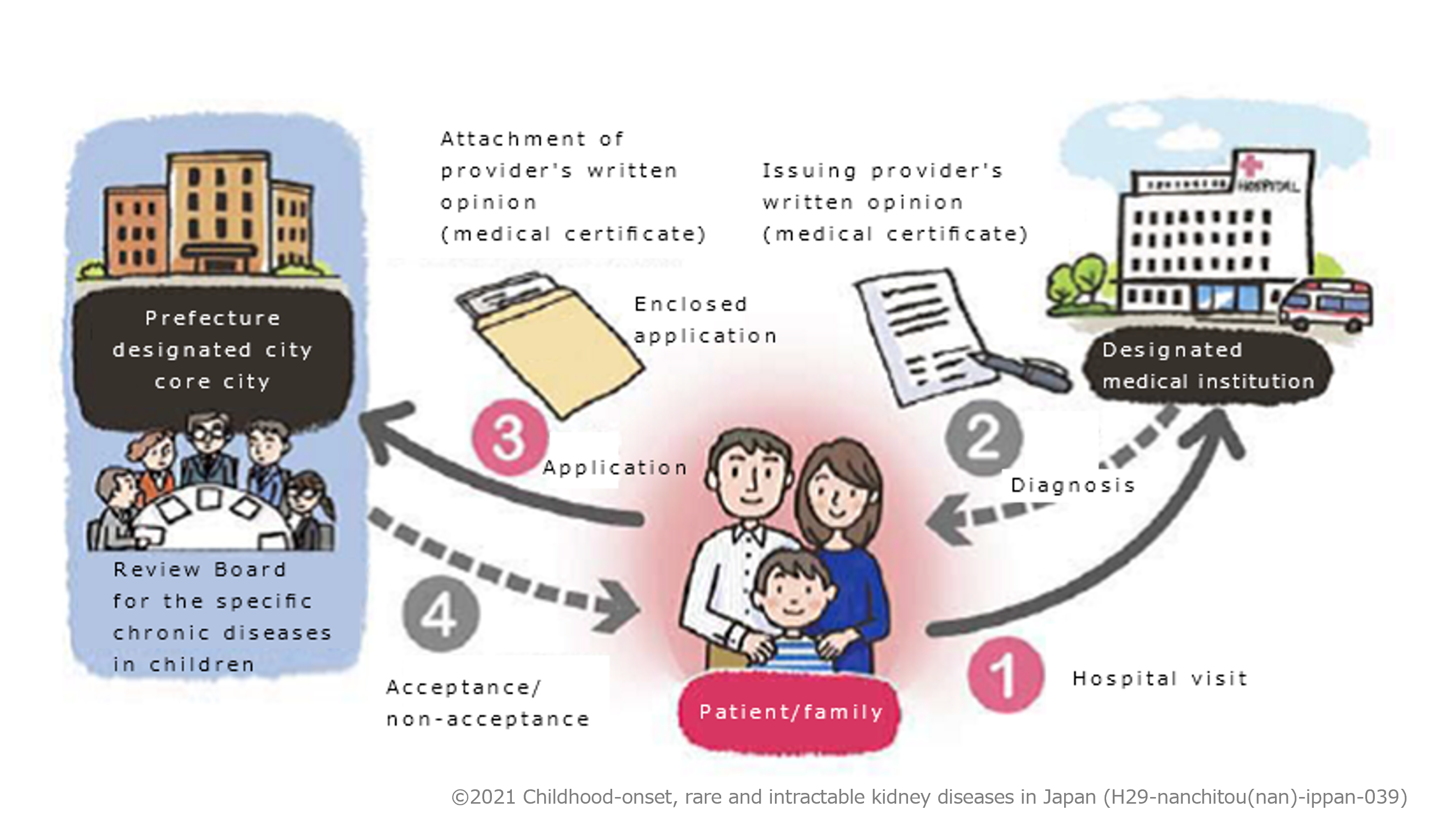
The application for a medical expenses subsidy for specific chronic diseases in children is shown below
※In principle, a medical care recipient certificate is valid for 1 year. Please apply for a certificate every year if you want to continue receiving benefits.
CKD can be classified into stages as shown in the Table below depending on how severely the kidney function is impaired. The ability of the kidneys to filter out waste (estimated GFR rate) can be calculated from the creatinine level on a blood test and the stages are classified using the calculated values.
End-stage kidney disease is a condition where kidney function has been impaired and dialysis or kidney transplantation is necessary. The CKD stage is 5.
Renal replacement therapy means dialysis (hemodialysis, peritoneal dialysis) and kidney transplantation. Renal replacement therapy becomes necessary when CKD reaches stage 5.
